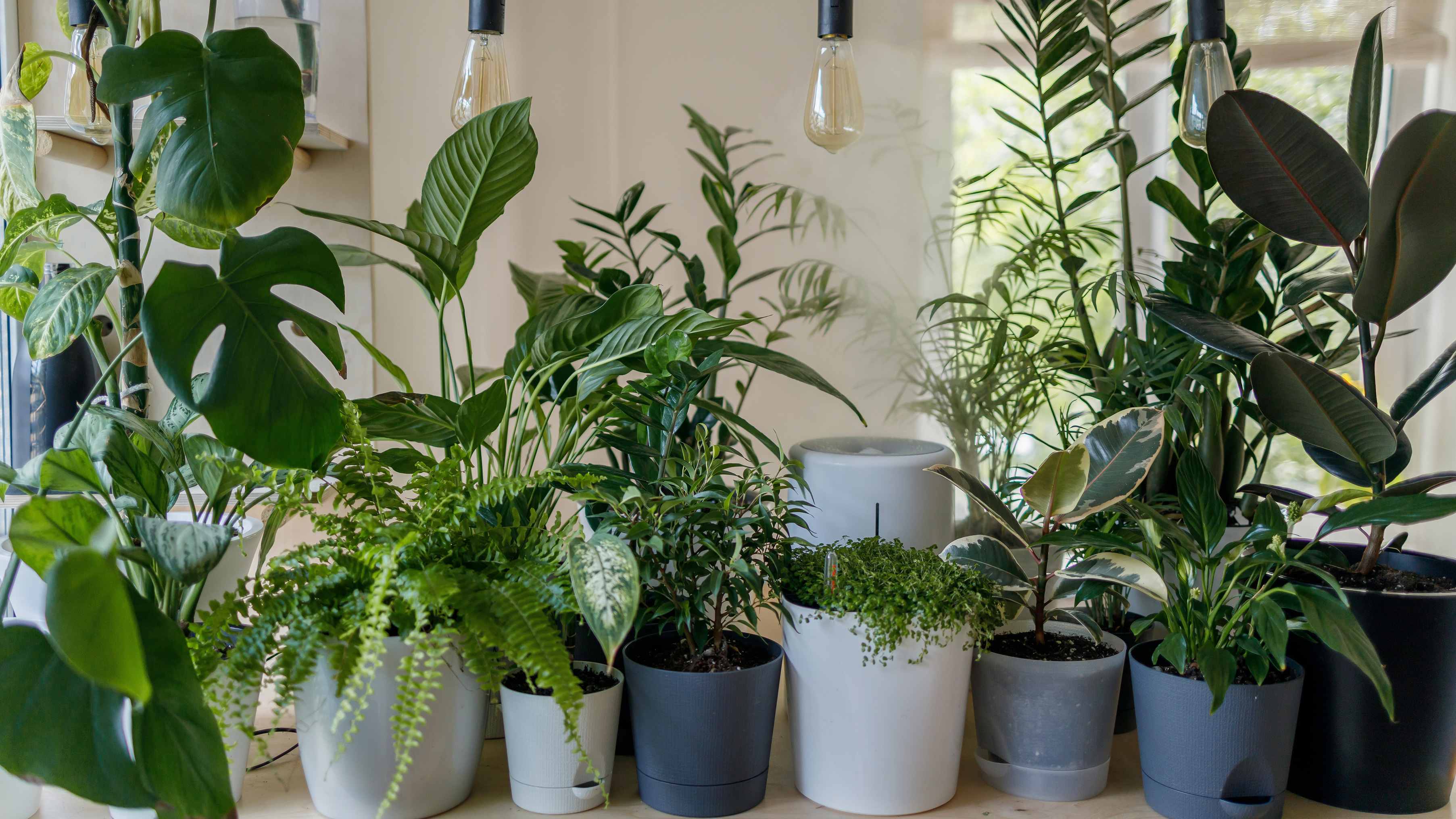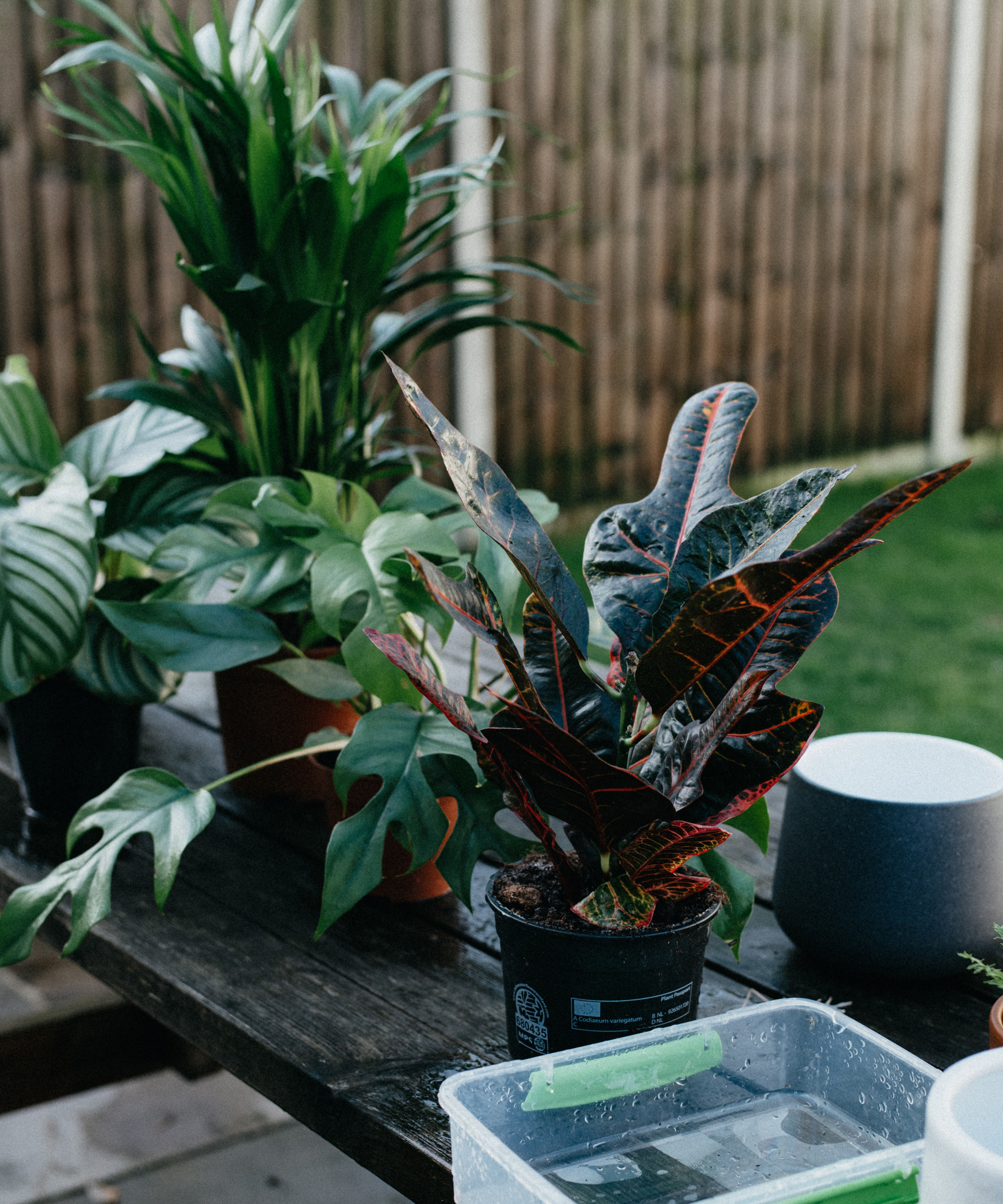Plant repotting: when to do it according to experts
How can you tell when a plant needs repotting? We asked a plant expert – here's what they had to say

When it comes to repotting a plant, the standard advice is to repot every six to 12 months. But can this one-size-fits-all approach really work for all plants, and how can you really tell when it's time to repot? Learning how to repot a plant can seem easier than being able to tell when it's time to do it.
We've asked a plant expert to identify the telltale signs of a plant that needs a new pot – here's what they had to tell us.

First of all, deciding that it's time to repot will largely to depend on how large a plant you've bought. Mature plants require much less repotting than young ones, so if you've bought a specimen plant, you're unlikely to need to repot it anytime soon.
On the other hand, if you've bought a young plant in a small plastic pot, you'll almost certainly need to repot it for quite a few years before it's reached its mature size. If you're not sure how large your plant can grow, consult a plant encyclopaedia or dictionary.

Next, there are the physical signs that a plant is getting uncomfortable in its pot and needs repotting very soon. Richard, a plant expert at Patch Plants, says that 'Happy, healthy plants will need repotting a year or two after purchase. The best way to tell whether your plant needs to be repotted is by checking the root structure. If the roots are visibly pushing through the drainage holes in the nursery pot or through the soil on top, it’s probably time.'
Other signs that a plant needs repotting can include a plant that looks physically too big for its pot and/or is toppling over, or a plant that is suddenly losing a lot of leaves.

Having said that, some plants actually don't mind not being repotted frequently, either because of their slow-growing habit, or because they actually prefer limited space for growing.
Richard gives two examples – Zamioculcas or ZZ Plant, which 'likes being slightly root bound' and aloe vera, a slow growing succulent that won't need repotting frequently. It is very important to understand the natural growing habit of the plant you've purchased as repotting too frequently can do more harm than good to some plants.
As a general rule, even if you don't know much about your plant, you can usually tell if you need to repotting by visually assessing the proportion of pot to plant: the plant should be no more than two-thirds of the total height, including the pot. If it's much taller, it's time to choose a new pot.
Once you've repotted your plants, head over to our indoor plant ideas for inspiring ways to show off your healthy plant babies.
Read more:
- The best indoor plants: find the right one for your interior
- Caring for indoor plants in winter: keep them looking their best
- Why indoor gardens are in high demand: the gardening trend that's big news
Anna writes about interior design and gardening. Her work has appeared in Homes & Gardens, Livingetc, and many other publications. She is an experienced outdoor and indoor gardener and has a passion for growing roses and Japanese maples in her outside space.
